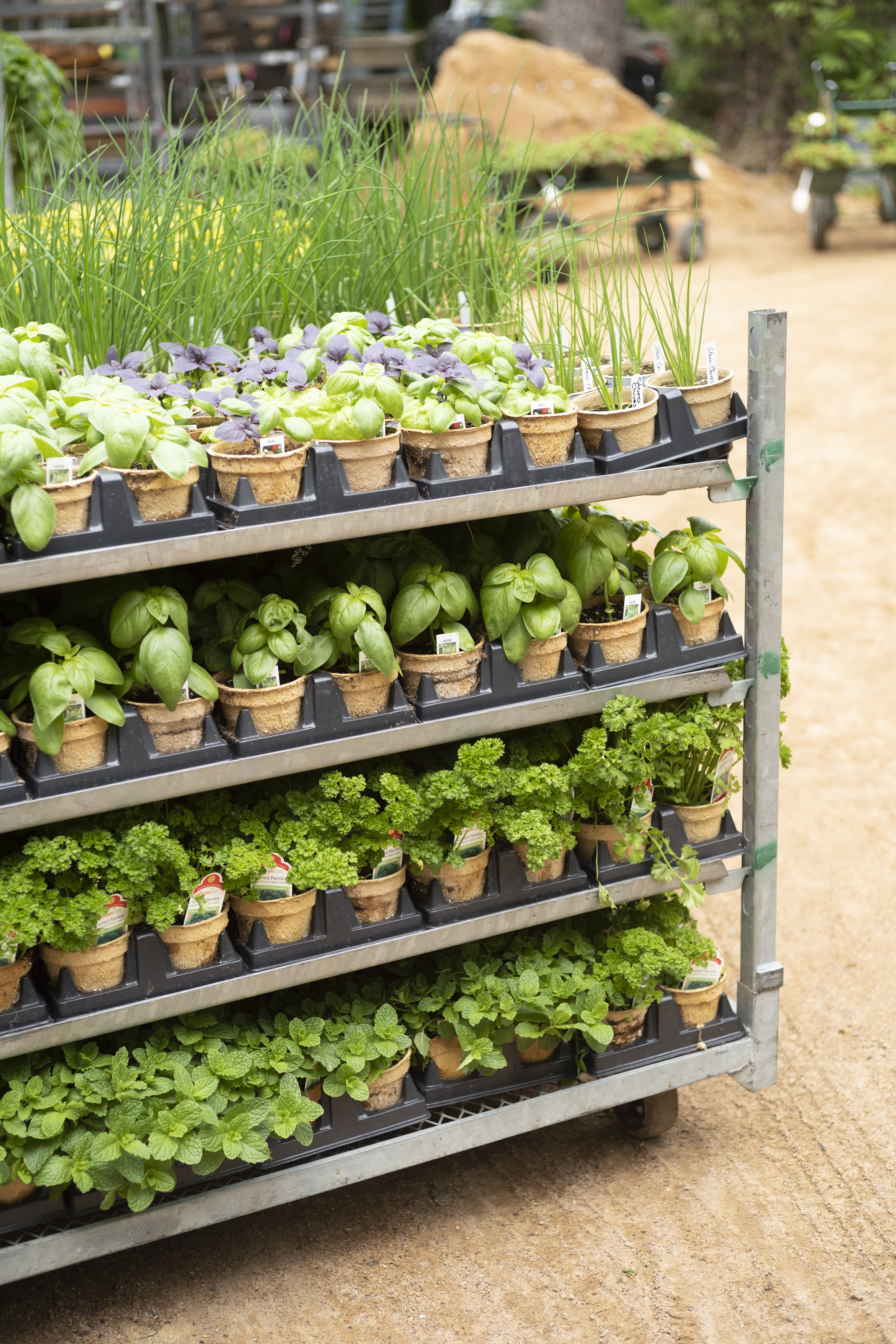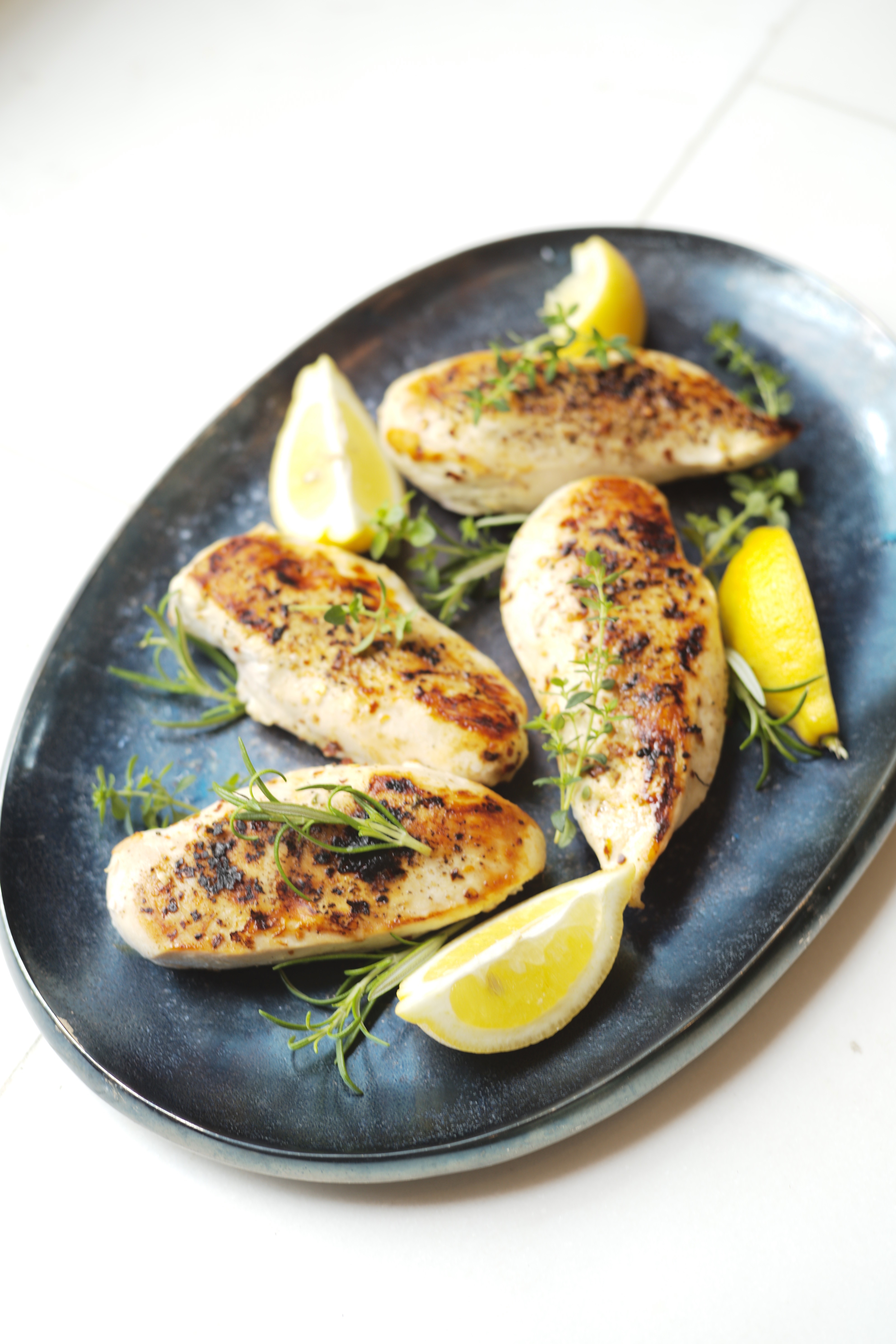How to Harvest and Preserve Herbs
Posted by Megan Nichols on Jun 27th 2020
Ah, the tastes of summer. Fresh produce from your very own garden or from the farmers market can’t be beat, and fresh herbs just take everything to the next level. The best reason to grow an herb garden is to enjoy herbs at their freshest, and the next best thing is to preserve excess herbs to use later.

Why are herbs so delicious?
Herbs are packed with oils that contain the smell and flavor that make them such flavorful additions to our food and drink. The best time to harvest herbs is when their oils are at peak concentration. Harvest in the morning, before the heat of the day causes them to lose some of that delightful flavoring.

Harvesting Different Types
Be sure to use a sharp, clean kitchen sheers or scissors to harvest herbs.
Leafy, annual herbs can be cut back by about half and still have enough plant material left to keep growing. These include Basil, Parsley, Cilantro, and Lemon Balm to name a few.
Many of the herbs that have somewhat stiff or woody stems are perennials, though not necessarily hardy to our zone. To harvest herbs such as rosemary, thyme, or lavender, cut back up to one third of the plant at a time. Strip leaves from the woody stem before using if you are eating the leaves. Leave the stems intact and bundle with kitchen twine for a quick and easy way to add flavor to a dish while it’s cooking. Just remove the whole bundle when done.
After harvest, wash the herbs gently. Just like when giving them the pinch and smell test, crushing the leaves releases oils. Keep oil in the leaves as much as possible for best flavor.

Preserving Herbs
If you choose to preserve herbs by drying, it should be done at a low heat over an extended time. This keeps the flavors in and makes them more concentrated, rather than baking the flavors out of the leaves.
Hang Dry
This is the traditional way to dry herbs, and also one of the best considering herb bunches are attractive and lend a little something special to the room where they are drying.
Rack Dry
Place herbs on a rack with good air circulation for another in-home drying option. You can even place the rack in your vehicle to speed up the process.
Appliance Drying
Use a dehydrator or the microwave to dry herbs for later use.
Storage
Store dried herbs in air-tight containers and keep away from heat and sunlight to extend shelf life and keep herbs flavorful for longer.
Freeze Herbs
Not all herbs dry well. Soft, leafy herbs like basil often do better when frozen in bags or chopped and frozen in ice cubes, which can be made of water or oil. Any herb can be preserved in this way, not just the leafy ones. Frozen herbs aren’t suitable for garnish but are great in cooking.
Easy ways to add Herbs

Pair thyme with mild seafood, such as cod.
Add dill to salmon.
Use thyme on any veggie dish.
Sage is excellent with sweet potatoes.
Lavender and rosemary are great additions to cocktails.
Basil goes with everything – caprese salad, soup, pasta, pizza, cocktails.
Fresh or preserved, herbs are an excellent way to add flavor to meats, veggies, soups, salads, and more. Happy herb planting!

